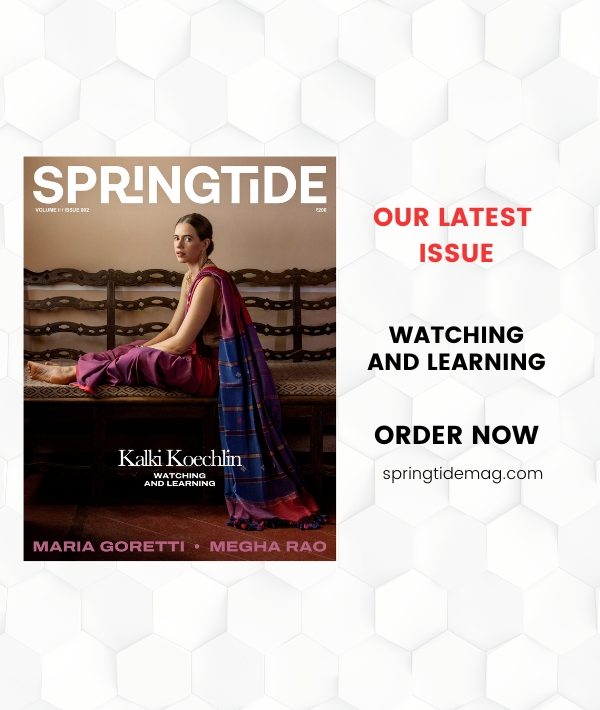Last week, iconic brand Levi’s announced that it is partnering with Lalaland.ai, an AI studio that creates AI-generated models, to “supplement human models” and increase the “number and diversity of our models.” They call it “artificial diversity”.
The denim company said that later this year, it will test showing models of different body sizes on its website and app, but instead of just using real people of different ages, ethnicities, and body types, it will use the “hyper-realistic” AI models created by Lalaland.ai.
This move saves Levi’s money and supposedly offers representation. But is it a step in the right direction if it’s taking away jobs from real people?
After some obvious backlash, Levi’s said its decision to use AI-generated diverse models was not a “means to advance diversity” or substitute for real action following an outcry.
Michael Musandu, the founder of LaLaLand.ai, told Guardian that he created the software in part because he struggled to find models who look like him. He was born in Zimbabwe, raised in South Africa, and moved to the Netherlands to study computer science. “Any good technologist, instead of complaining about a problem, will build a future where you could actually have this representation,” Musandu said.
Musandu added that LaLaLand.ai is not meant to “replace” models, but allow brands to afford to show off different clothes on as many bodies as possible. Levi’s also ensured in its statement that the company is not scaling back plans for live photo shoots, the use of live models, or its commitment to working with diverse models.
Regardless, even if Levi’s clarified its stance, what’s stopping brands from using similar technology in the future? AI-generated models are a lazy way to tackle the real issue at hand. The commercial modelling industry, although pays more than high fashion, is extremely brutal. If companies start making use of AI, diverse models who are already a minority will miss out on job opportunities the most.
And technology is already starting to become more accessible and user-friendly. Deep Agency, another Netherlands-based AI company, made headlines this month after debuting its own “AI modelling agency”. The service, which costs $29 a month, brands itself as a way for creators to “say goodbye to traditional photoshoots”. Users type in descriptions for what they want their photo to look like, and receive “high-quality” photos of fake models in return.
Paid subscribers of the service gain access to 12 models of various races, though all appear to be smaller-bodied and in their 20s and 30s. Users browse through the site’s catalogue of existing images, which include photos of models engaging in activities like reading books or giving the camera a peace sign. Those photos serve as the inspiration for the final result.
DataGrid is a Japanese IT company whose AI algorithms employ generative adversarial networks (GANs) to create and simulate modelling. Digital models may give a wide range of posing possibilities identical to e-commerce and commercial modelling. Zalando, a German e-commerce company, has also released research papers using the GAN technique. The researchers developed an AI system capable of transferring customizable clothing and body positions from one fashion model. They employed an architecture primarily based on StyleGAN, a technology first released by NVIDIA in 2018.
AI influencers have already been floating around on the internet for ages and have amassed a considerable fan following. It won’t be long before our favourite models are replaced by generative artificial intelligence.
Let’s not even begin to talk about the effects that AI-generated models will have on body image. I don’t have much faith in the fashion industry given its historical connection with eating disorders and body dysmorphia, and I reckon it won’t be long before AI models take on hyper-unrealistic forms. Will we now have to compete with perfectly symmetrical CGI models on top of the distorted beauty standards of the fashion and beauty industries?
If Levi’s profits from this move, which it likely will despite the internet backlash, other fashion behemoths may soon join on board. Companies might sell it as a progressive solution to the over-production of clothes worn by real, human models, most of which end up in landfills. But surely, there has to be a more inclusive solution to that issue. Given how fast-paced the development of AI has been in recent months, we might not even have enough time to think of a proper solution. And it looks like minorities will yet again face the brunt of that.





